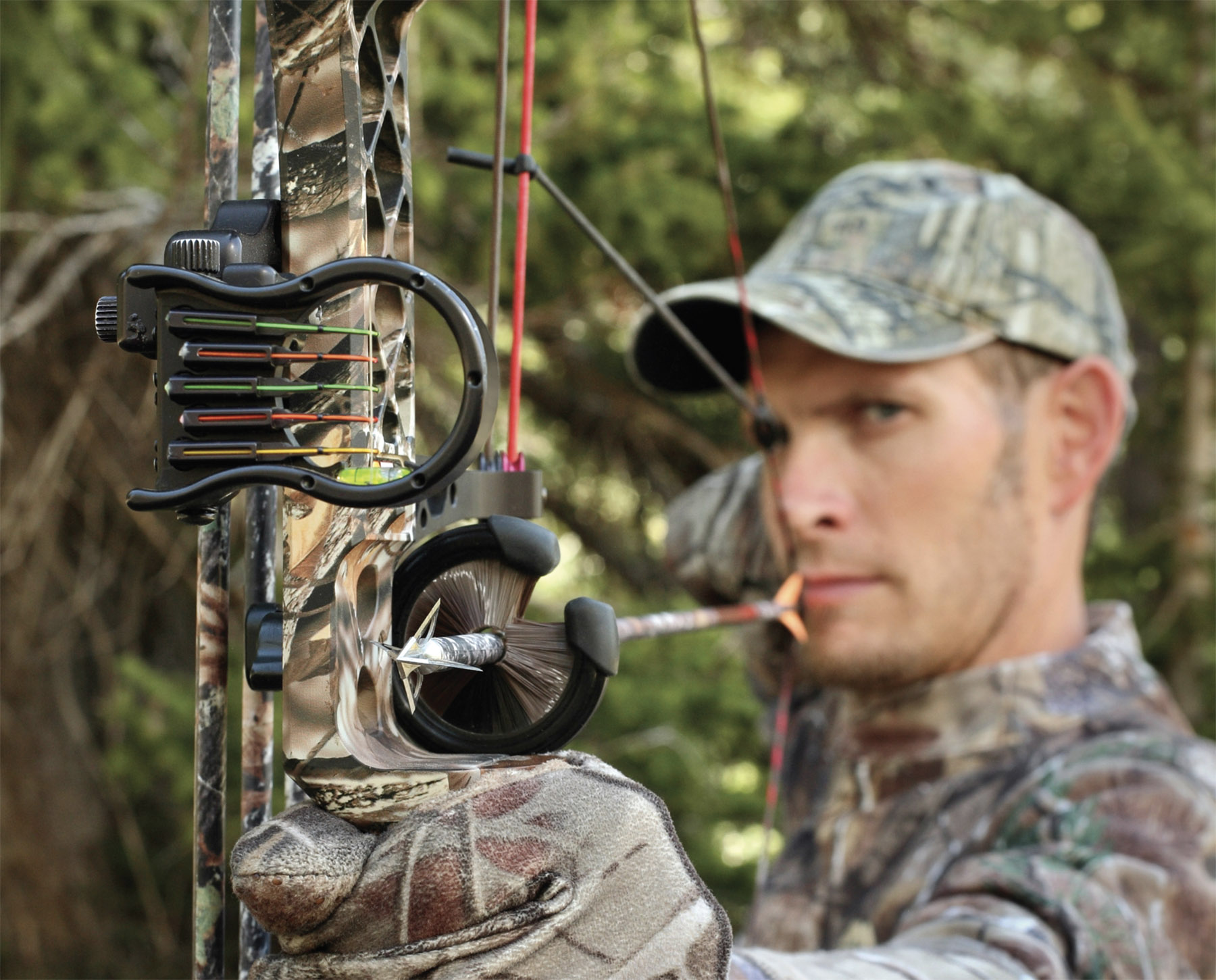Understanding Broadhead and Arrow Set-up

Understanding Your Broadhead and Arrow Set-up
Archery and bowhunting have changed tremendously in the last 40 years, so understanding your broadhead and arrow set-up has changed as well. In recent years, arrow weight and Front of Center (FOC) have become hot topics among archers.
Fifteen years ago, the trends leaned towards lighter, faster arrows. The idea was to maximize kinetic energy and achieve greater penetration. However, as bow technology advanced, allowing for higher draw weights and increased arrow speeds, the focus shifted towards heavier arrows. For a while, guys were building crazy heavy arrows, even for whitetail deer. The goal was for a solid pass-through every time.
Front of Center (FOC)
Enter Front of Center (FOC). This measurement determines an arrow’s balance point relative to the arrow’s center. A higher FOC means more weight is distributed toward the front of the arrow, which can lead to increased penetration and stability. As archers realized the benefits of heavier arrows with higher FOC, the industry responded with products designed to meet these demands. An Ideal FOC for a hunting whitetail deer tends to be about 10-15% FOC. This is deemed ideal for flight performance and for penetration. Target shooters, like the FOC a little lighter for a flatter arrow trajectory. While heavier arrows and higher FOC remain desirable, there’s a growing recognition that balance is key. Extremely heavy arrows can sacrifice speed and can quickly drop off at long distances, potentially impacting shot placement.
Today, the focus is on finding the optimal balance between arrow weight, FOC, and speed. Many archers are experimenting with different setups to find the perfect combination for their individual needs and hunting conditions. There are calculators online that can help you calculate your FOC and arrow overall weight. However, the best arrow setup depends on various factors, including bow draw weight, desired arrow speed, hunting environment, and personal preference. By understanding the principles of arrow weight and FOC, bowhunters can make informed decisions to optimize their equipment for maximum performance.
Most importantly, you need to shoot and find out what you prefer. Become comfortable with the set-up and combination. Tune your hunting set-up and make sure your arrow is flying optimally out of your bow and hitting squarely.
Broadhead Selection
The world of bowhunting has undergone significant evolution, with arrow design and technology at the forefront of innovation. When I first started bowhunting, your options were limited to fixed broadheads. Today, we have a plethora or options from fixed blades to expandable or mechanical broadheads.
The choice of broadhead and arrow is critical to a successful hunt. These components directly influence arrow flight, penetration, and ultimately, the effectiveness of your shot. With fixed broadheads, you need to practice with them prior to hunting. Your fixed broadheads will likely fly and impact differently than a mechanical broadhead. You need to make sure your broadheads are sharp before hunting with them.
Mechanical broadheads tend to fly similarly to your field points. Usually you can screw these on, do a couple of shots and you won’t have to move your sight. However, there are some considerations when hunting with mechanical broadheads. At times, a quartering shot may be less ideal because of the way the broadheads deploy. Also with mechanical broadheads, they need to be evaluated after the shot. Some manufacturers and hunters recommend only using that mechanical broadhead once, others advise replacing “O”rings and blades.
Arrow Selection
The arrow is the backbone of your hunting setup. Its spine, length, and weight are critical factors in determining arrow flight and penetration. A stiffer spine is generally required for higher-poundage bows, while lower-poundage bows benefit from a more flexible spine. Keep in mind that arrow spine from manufacturer to manufacturer can vary. Spine is the arrow’s flexibility. An improperly spined arrow can result in erratic flight and poor accuracy. The straightness of the arrow will be listed on the box and arrow. Straightness is measured as +/- of an average. Just because you buy a box with a spine of +/- 0.006 does not mean every arrow is 0.006 or straighter. This is an average, and this is why I recommend shooting every arrow.
Matching Broadheads and Arrows
Understanding the combination of your broadhead and arrow set-up is crucial. A poorly matched setup can lead to erratic flight, reduced penetration, and missed opportunities. Proper bow tuning is essential for consistent arrow flight. This includes aligning the center shot, adjusting the rest, and optimizing nock placement. If you are unsure of your tuning abilities, connect with your local bow shop to paper-tune and/or bare-shaft tuning. Consistent practice with your chosen setup builds confidence and reinforces muscle memory, leading to better shot placement in the field. This is the most critical part before you go hunting.
While there’s no one-size-fits-all answer when it comes to broadhead and arrow selection, careful consideration and experimentation will help you find the perfect combination for your hunting style and preferences. Remember, the goal is to achieve optimal arrow flight, penetration, and lethality to ensure a clean and ethical harvest.
By Aaron McKinney
Check out this article for more bowhunting tips and tricks
Also, if you were looking for the digital version of the Iowa Sportsman October 2024
Looking for our Cattle/Dairy side of things

